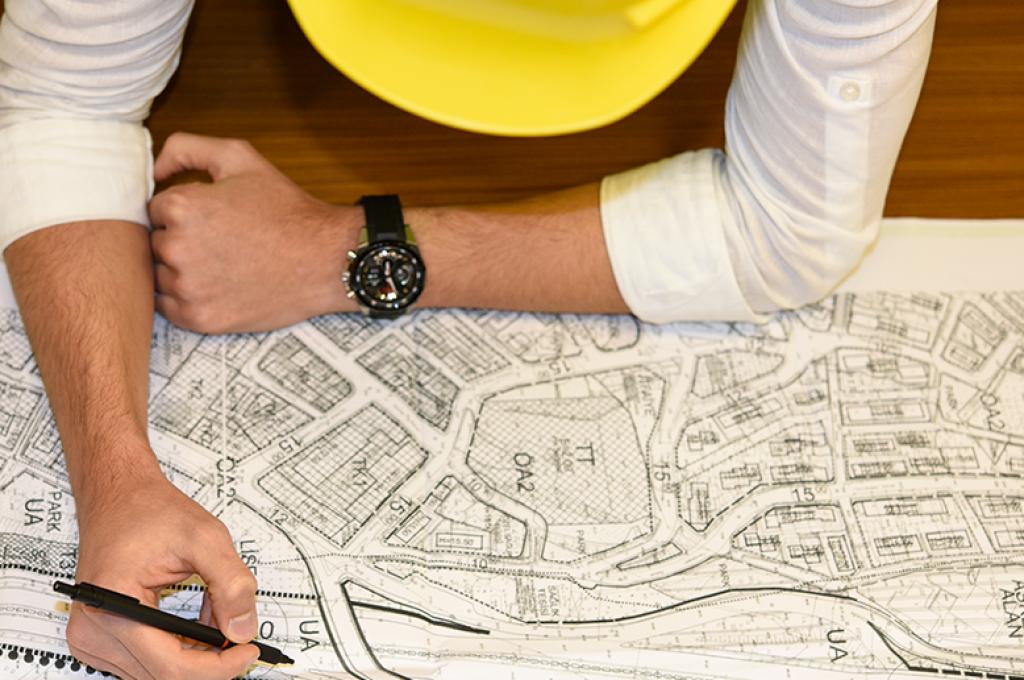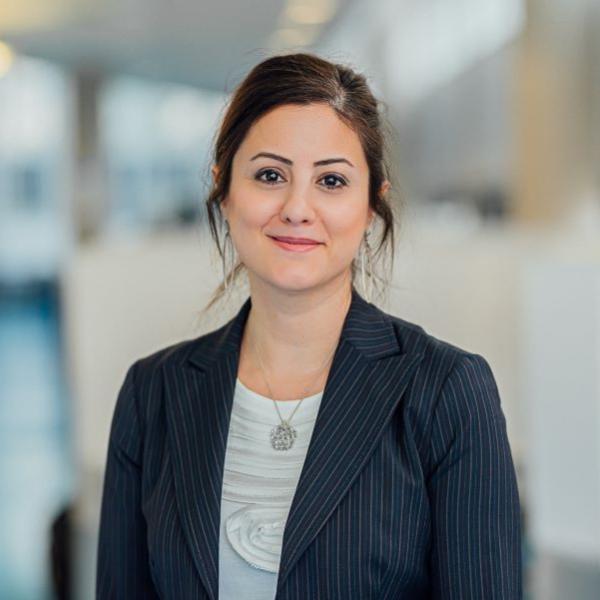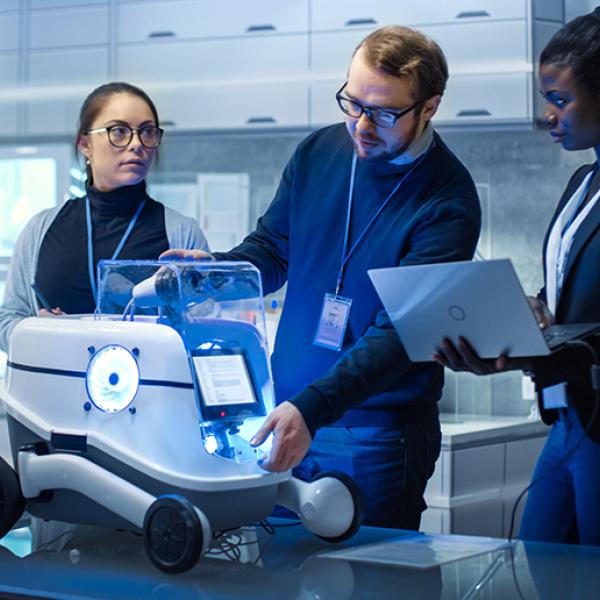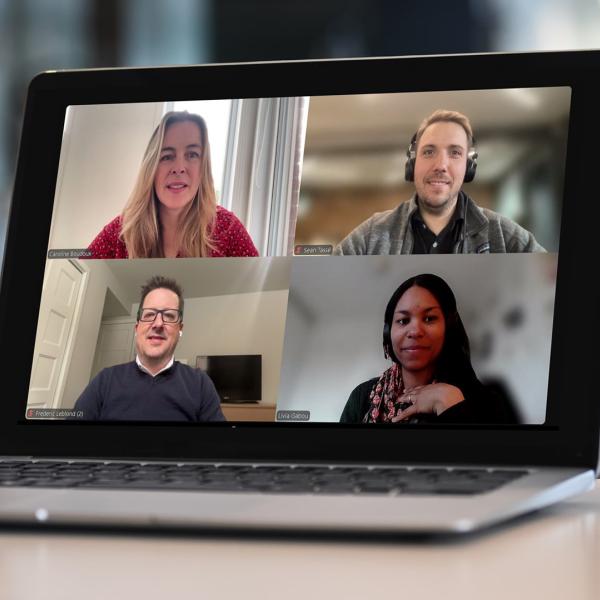As an engineer of Mohawk descent, Mark Green knows firsthand the significance of getting young Indigenous students interested in engineering. “It’s critically important to have Indigenous people in engineering,” Green says. “There are companies that want to work with or access resources within Indigenous communities, and there’s lots of work that needs to happen to do that. So those communities need to build capacity by having their own people trained as engineers.”
Though Indigenous communities are increasingly involved in managing Canada’s natural resources, Indigenous engineers make up only a handful of practicing engineers who can make a real difference in improving the living conditions of many Indigenous communities.
That’s why Green has helped develop the Aboriginal Access to Engineering program at Queen’s University, where he is a professor and Vice Dean in the Civil Engineering Department. This program, along with the Sustainable Engineering in Remote Areas grants administered through the Natural Sciences and Engineering Research Council (NSERC), gives Indigenous students the chance to learn alongside seasoned researchers like Green.
Learning to think critically through research
Green hopes his mentoring can spark more interest in engineering, particularly on the research side. “Having exposure to research gives that critical thinking to understand the background behind engineering decisions,” he says. “Even if students don’t follow the path of research, when they’re out as practicing engineers, they will be better informed and may think about reaching out to researchers to address issues, and could enable more practical industry research in the future.”
Through these training programs, Indigenous students perform research in state-of-the-art learning facilities such as the CFI-funded civil engineering Structures Lab at Queen’s. That’s where Green uses a cutting-edge simulator to examine how concrete structures and fibre-reinforced polymers perform in fire and in cold regions. He also works on sustainable housing materials for Indigenous communities.
Hands-on learning imparts practical knowledge
It was at the Structures Lab that Haven Moses, a member of the Six Nations of the Grand River in Southern Ontario, worked directly with Green when he was a student. “I got a lot of hands-on experience of civil engineering applications and uses,” says Moses. “The program introduced me to many of the construction limitations that can be present while working in Northern First Nations communities.”
Moses says his time at Queen’s allowed him to “ask questions and make connections.” And with his “strong interest in science and creating things,” engineering was a fitting career for him.
Having graduated from Queen’s in 2015, Moses is now an engineer-in-training at Neegan Burnside, an Ontario-based, majority Aboriginal-owned engineering and environmental services firm that works with Indigenous groups on projects ranging from wastewater management to environmental assessments.
Relationship skills are as essential as technical skills
“Haven was very resourceful in the lab, and he helped with building awareness for best practices for working with Indigenous communities,” says Green. “He’s very good at practical applications, but what also holds him in good stead at his work at engineering companies is his skill at relationship building.”

Green says he cannot overemphasize how important it is for students to have such programs to cultivate a broad range of skills. “The intertwining of funding such as NSERC and CFI; this synergy helps us create better opportunities and better training for students in a first-class training environment.”
Ultimately, such skills translate into not only more successful engineering projects, but vital community building. “Many engineers work with Indigenous communities or on Indigenous lands,” says Green. “First, they need to recognize that. Engineers need to go beyond legal requirements — work in partnership with, rather than simply consult. This goes a long way in terms of reconciliation.”






